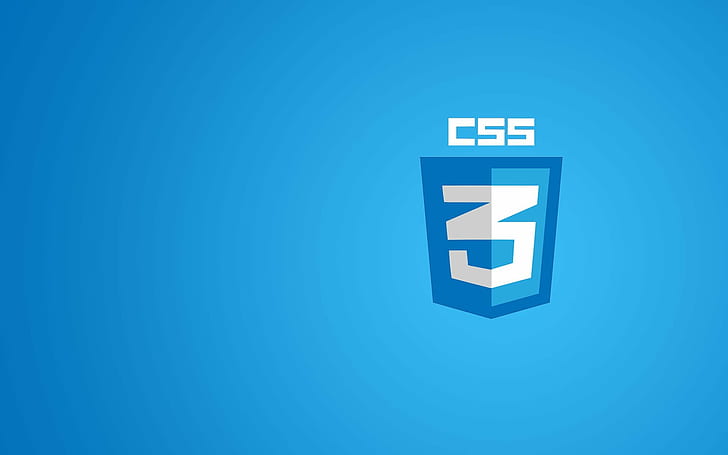What is CSS

CSS, or Cascading Style Sheets, is a fundamental technology used to style and format the visual presentation of web pages. It works alongside HTML (Hypertext Markup Language) to define the layout, appearance, and design of web content, allowing web developers to create visually appealing and user-friendly websites. Here's an in-depth look at CSS and its key concepts:
Syntax and Structure
CSS uses a simple syntax and structure to define styles for HTML elements. Styles are written as rulesets, consisting of a selector and one or more declarations enclosed in curly braces. The selector targets HTML elements, while the declarations specify the property and value pairs to be applied to those elements. For example:
css
Copy code
.h1 {
color: blue;
font-size: 24px;
}
Selectors
Selectors are used to target specific HTML elements to apply styles to. CSS offers a variety of selectors, including element selectors, class selectors, ID selectors, attribute selectors, and pseudo-classes. Selectors can be combined and nested to target elements based on their relationship to other elements or their attributes.
Properties and Values
CSS properties define the visual characteristics of HTML elements, such as color, font, size, spacing, alignment, and background. Each property accepts one or more values, which specify the desired appearance or behavior. CSS properties are grouped into categories, such as typography, layout, colors, backgrounds, borders, and animations.
Inheritance and Cascading
CSS follows the principles of inheritance and cascading, which allow styles to be applied hierarchically and overridden as needed. Inheritance means that styles applied to parent elements are automatically inherited by their child elements, unless explicitly overridden. Cascading refers to the process of determining which styles should take precedence when multiple styles are applied to the same element based on specificity, importance, and order of declaration.
Units and Values
CSS supports various units of measurement and values for specifying sizes, distances, and other dimensions. Common units include pixels (px), percentages (%), ems (em), rems (rem), and viewport units (vw, vh). CSS also supports relative and absolute values, as well as keywords and named colors for specifying colors.
Box Model
The CSS box model is a fundamental concept that describes how elements are rendered on the web page. Each HTML element is represented as a rectangular box, consisting of content, padding, borders, and margins. The box model governs how these components are sized, positioned, and spaced relative to each other.
Responsive Design
CSS plays a crucial role in creating responsive and mobile-friendly websites that adapt to different screen sizes and devices. Media queries allow developers to apply different styles based on the device characteristics, such as screen width, orientation, and resolution, enabling the creation of flexible and adaptive layouts that provide optimal user experiences across devices.
Transitions and Animations
CSS provides capabilities for creating smooth transitions and animations to enhance the interactivity and engagement of web pages. CSS transitions enable gradual changes in element properties, such as color, size, and position, over a specified duration. CSS animations allow developers to create complex animations with keyframes, timing functions, and iteration controls.
CSS is a powerful and versatile tool for web development, enabling developers to create visually stunning and responsive websites with ease. By mastering the principles and techniques of CSS, developers can unlock endless possibilities for designing beautiful and user-friendly web experiences.